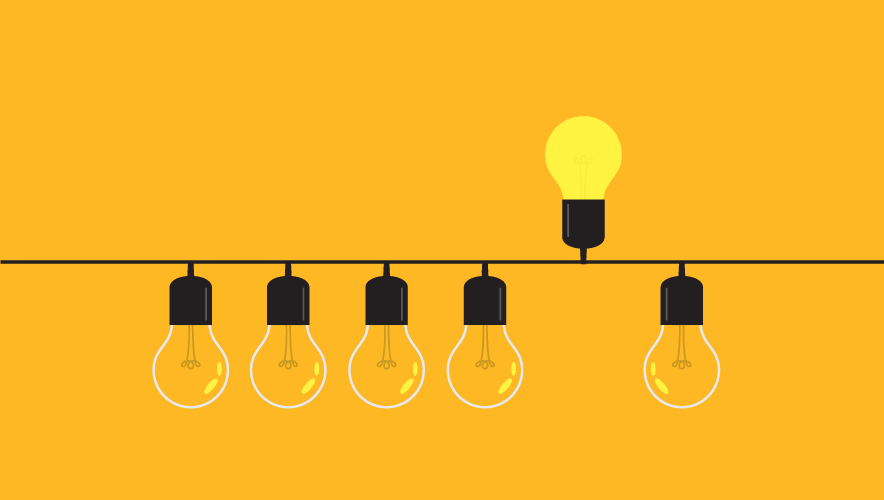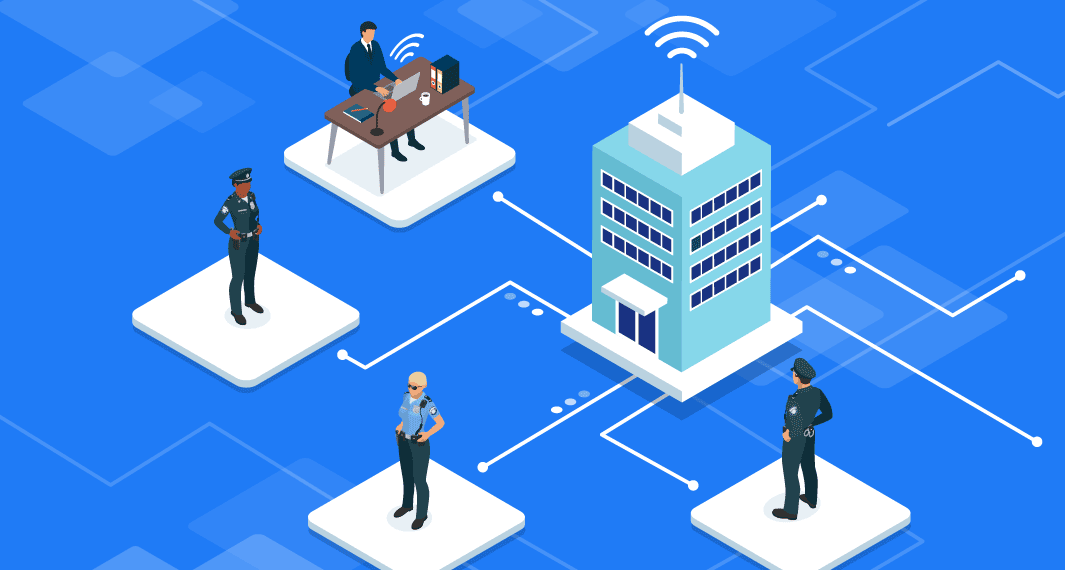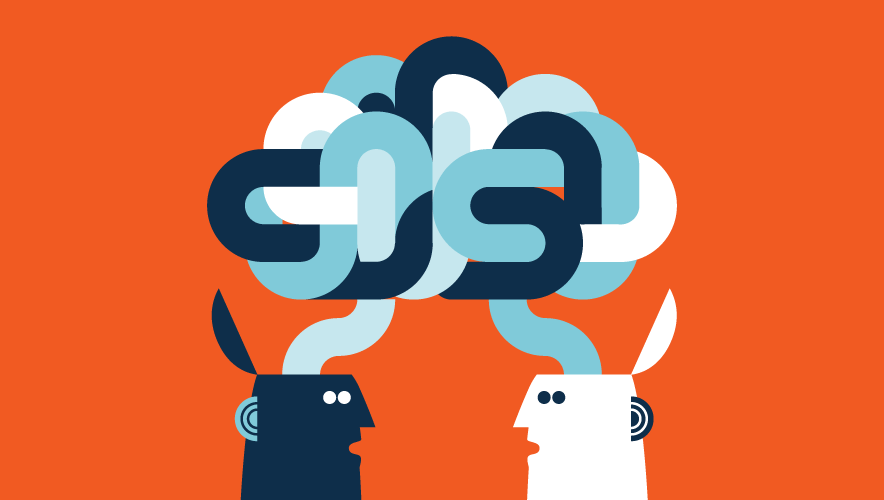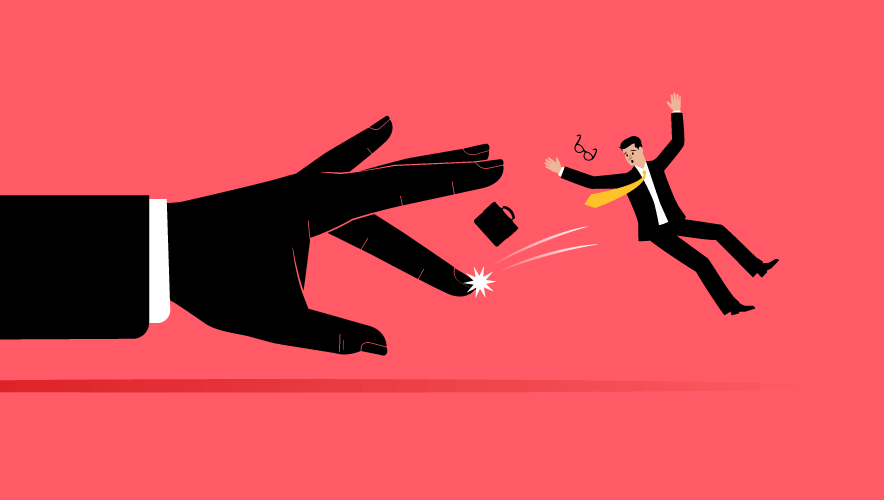Editor’s Note: The Workforce of the Future, Today
Frederick Taylor was convinced that all workers spend their days trying to work more slowly or not at all, write Jeremy Myerson and Philip Ross in Unworking: The Reinvention of the Modern Office. Taylor believed that to mitigate this, the organization of work would have to take precedence over the person doing that work. Management, in this ideology, existed to enforce working conditions and methods to result in a more efficient and compliant workforce.
Published in 1911, Taylor’s seminal work, The Principles of Scientific Management, not only gave the world the concept of the org chart, but it also invented the thinking behind it. “Taylorism gave the modern office the greatest governing metaphor—the workplace as machine, comprised of many moving industrial parts, with the human element either massively mistrusted or completely overlooked,” according to Myerson and Ross.
After World War II, the new steel-framed office spaces were unhindered by columns or obstructions, allowing Taylorism to find its full expression. Workspaces were laid out in patterns that resembled organizational charts. Myerson and Ross note that “clerical staff toiled inside large bull pens within the deep space while more senior executives were given, progressively, window access, perimeter offices, larger desks, more domesticated furniture, artworks, and private dining rooms as they moved up the command-and-control ranks.”
Then came university art professor Robert Propst, who, when he was hired by Merman Miller in 1958, aspired to redesign the way people worked in offices. Instead, he ran headlong into Taylorism.
“Propst was among the first designers to argue that office work was mental work, and that mental effort was tied to environmental enhancement of one’s physical capabilities. To change a desk, then, was to change one’s entire way of being in the world,” writes Nikil Saval in Cubed: A Secret History of the Workplace.
In 1964, Herman Miller launched Propst’s new line of furniture—Action Office. It was a revelation. Areas of functional furniture, from standing desks to insulated “communications centers” for making phone calls, the pieces of Action Office were modular and could be moved into work streams to facilitate the “fortuitous encounter” made difficult by the org chart model.
Critics and employees loved the system. Companies did not.
“Office managers complained that the entire system was too expensive because the furniture was made of such quality material. And the space that Action Office created was too vaguely defined, its borders too porous,” Saval writes.
Propst was undeterred. In 1967, he launched Action Office II. “The space was smaller, the interlocking walls were mobile, lighter, and made of disposable materials…” The spaces had three walls, obtusely angled and moveable, which office workers could arrange to create whatever workspaces they wanted, according to Saval.
However, when companies installed Action Office II, they took on Taylor’s vision—not Propst’s. The obtuse angles became right angles. Instead of promoting individuality, the design became a symbol of the dehumanization of the office and the office worker—the cubicle.
The workplace changes brought on by the global pandemic made Propst’s lofty ambitions look quaint. With no design and very little preparation, the pandemic ushered in remote work overnight for knowledge workers around the globe. Simultaneously, security took its place among those professions essential to a community’s very survival.
As strong opinions emerge about the future of the workplace, security is straddling two worlds—security managers and frontline workers. Eddie Sorrells, CPP, PCI, PSP, has seen these changes firsthand. As president of DSI Security Services, Sorrells manages both office workers and security officers. He notes that the skill sets of the future are rapidly evolving to make the most efficient use of technology, both in remote and essential work.
Where previously a security officer may have been standing there physically, now it can be done remotely.
“We have some situations where an officer may be in one part of the property and they are controlling another access control point remotely using autonomous response devices, or robotic devices, to be able to screen someone who is going through a vehicle or pedestrian gate. That can even be done several states away in a SOC. Where previously a security officer may have been standing there physically, now it can be done remotely,” says Sorrells.
However, the world still grapples with the legacy of Taylorism. Sorrells is quick to point out that technology is best used when it enhances and reinforces the human element that is essential to a successful security program.
“In some cases, we can have more of an effect having that person be present around the property and being much more of a visible deterrent, while technology can take the place of more repetitive tasks such as controlling access. It’s all situational. It’s hard to paint with a broad brush. You have to look at every single situation and apply the technology to make sure it’s being utilized correctly. Technology is being embraced more widely now, not just based on the pandemic. It is much more efficient in many situations,” he says.
Change is inevitable. Whatever the workplace of the future looks like, new skills will be required. The latest Security Management content package on workforce development explores the current need for soft skills, mentorship, and human interaction to advance professionally within security.
“Sometimes, the inevitable conclusion is that security officer services are going away,” Sorrells says. “This is not true. The demand for security officers is going to continue, and I think, exponentially, is going to rise. But what they are going to do is going to be much different. Technology is a force multiplier, and it is here to stay.”
Teresa Anderson is editor-in-chief of Security Management. Connect with her on LinkedIn or email her directly at [email protected].














